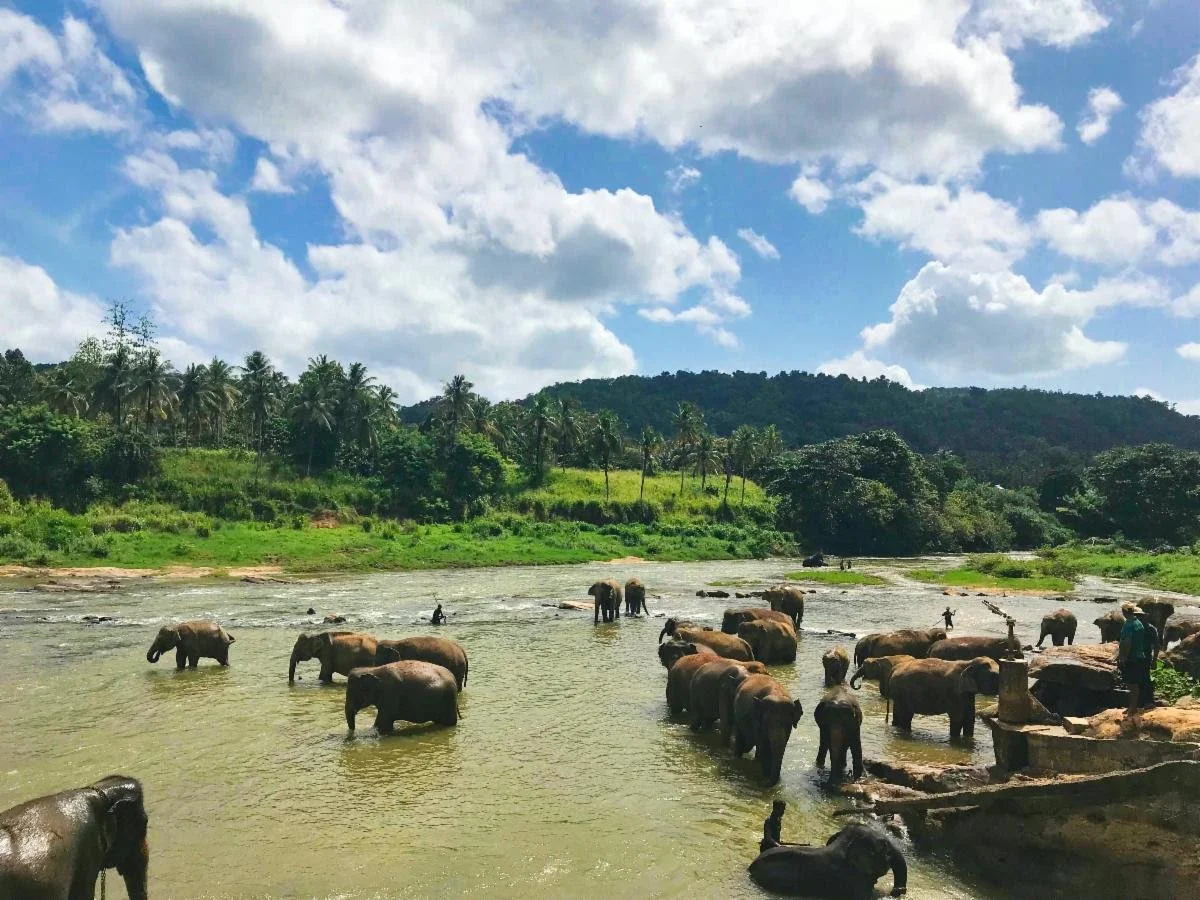Lead Others Into Freedom
10-12-2020
By Dhanushka Dilshan
We, Sri Lankans, are the second wealthiest nation in South Asia after the Maldives and are considered an upper-middle-income nation. I know that information is surprising to many Sri Lankans with our day-to-day experiences in our country because that statistic does not display our reality. Nearly 45% of Sri Lankans live on less than $5 a day. Despite environmental disasters and other factors, poverty in Sri Lanka is actually declining. The majority of people in Sri Lanka suffer because of cyclical poverty. So what is the issue? Among our plantation crops, we know tea and rubber are important export crops because it pumps more money into the country. Those plantation sectors, who comprise the top-level-rich, become richer daily. On the other hand, people who are working in those sectors' lives are controlled by the top-level-rich and they are forcefully putting peoples’ lives into poverty. The richest group enjoys 72.9% of the country's total household income in Sri Lanka.
Let us go to the context of the first reading from the c.760–755 BCE during the rule of kings Jeroboam II and Uzziah. At that time was a prophet, Amos. Amos raised messages about justice often associated with righteousness. In this time the Northern Kingdom was enjoying prosperity, wealth, and privilege. It was a time of great prosperity because King Jereboam II had restored international trade. However, not everybody shared this great wealth. The rich grew ever richer, whilst many were poor and struggled to survive. If you were rich you could buy justice from political leaders and live extravagantly all whilst the poor struggled. Here Amos describes the insatiable greed of the merchants of Israel. Amos’s context parallels present-day injustice in Sri Lanka. Click here to read more.







